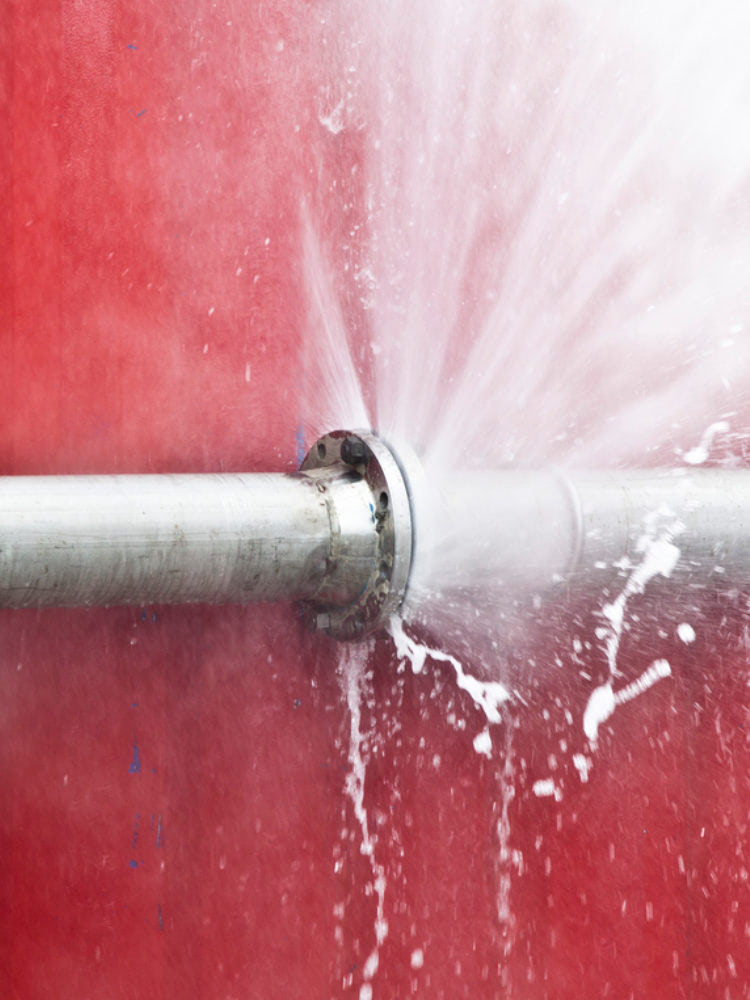Unveiling the Primary Sources of Leakage Within Your Home
Unveiling the Primary Sources of Leakage Within Your Home
Blog Article
What are your ideas regarding Most Common Causes of Leaky Pipes?

Leaks not just cause waste of water yet can also create unnecessary damage to your house and promote undesirable organic development. Regrettably, water leakages could go unnoticed considering that most of the pipework in our home is hidden. By recognizing as well as looking for day-to-day scenarios that cause leaks, you can safeguard your house from future leaks as well as unneeded damages. Today, we will consider six leak creates that may be creating your pipes to leak.
Elbowing in origins
Most water leakages begin outside the house as opposed to inside it. If you observe a sudden decrease in water pressure, say in your faucet, take some time to go out and also analyze your lawn. You may discover wet spots or sinkholes in your backyard, and that could imply that tree roots are invading water lines causing water to permeate out. You can have your plumber check for invasion, specifically if you have trees or bushes near your property.
Corroded water supply
This could be the cause of discoloration or bending on your water pipes. If our plumbing system is old, think about changing the pipes because they are at a higher danger of corrosion than the more recent models.
Faulty Pipeline Joints
Pipe joints can deteriorate over time, resulting in water leaks. If you have loud pipes that make ticking or banging noises, specifically when the hot water is turned on, your pipeline joints are probably under a whole lot of stress.
Instant temperature level modifications.
Extreme temperature adjustments in our pipes can create them to broaden and also get unexpectedly. This growth as well as contraction may trigger splits in the pipes, especially if the temperature are below freezing. If you maintained an eye on how your plumbing functions, it would certainly be best. The visibility of the formerly mentioned situations frequently indicates a high threat.
Poor Water Connectors
Sometimes, a leakage can be triggered by loosened tubes and pipelines that provide your devices. Usually, changing is what causes the loose water Connections. You may discover when it comes to a washing device, a pipe might spring a leakage due to trembling during the spin cycle. In case of a water connections leakage, you might discover water running straight from the supply line or puddles around your appliances.
Obstructed Drains
Clogged drains pipes might be bothersome and also inconveniencing, but they can occasionally end up triggering an overflow resulting in rupture pipes. Keep eliminating any kind of products that may drop your drains pipes that might clog them to avoid such aggravations.
All the above are sources of leaks yet not all water leaks arise from plumbing leakages; some leakages might come from roof covering leaks. All leaks need to be fixed instantly to avoid water damages.
Leaks not only create waste of water however can additionally cause unneeded damages to your house and promote undesirable organic development. By looking and also understanding for day-to-day situations that trigger leakages, you can protect your residence from future leaks and unneeded damages. Today, we will look at 6 leakage creates that might be creating your pipes to drip.
At times, a leakage can be created by loose hoses and also pipelines that supply your devices. In instance of a water links leakage, you might observe water running straight from the supply line or puddles around your devices.
How To Check For Water Leak In Your Home
How To Check for Leaks
The average household's leaks can account for nearly 10,000 gallons of water wasted every year and ten percent of homes have leaks that waste 90 gallons or more per day. Common types of leaks found in the home are worn toilet flappers, dripping faucets, and other leaking valves. These types of leaks are often easy to fix, requiring only a few tools and hardware that can pay for themselves in water savings. Fixing easily corrected household water leaks can save homeowners about 10 percent on their water bills.
To check for leaks in your home, you first need to determine whether you're wasting water and then identify the source of the leak. Here are some tips for finding leaks:
Take a look at your water usage during a colder month, such as January or February. If a family of four exceeds 12,000 gallons per month, there are serious leaks.
Check your water meter before and after a two-hour period when no water is being used. If the meter changes at all, you probably have a leak.
Identify toilet leaks by placing a drop of food coloring in the toilet tank. If any color shows up in the bowl after 10 minutes, you have a leak. (Be sure to flush immediately after the experiment to avoid staining the tank.)
Examine faucet gaskets and pipe fittings for any water on the outside of the pipe to check for surface leaks.
Undetected water leaks can happen without the home or business owner even realizing. If you suspect a water leak, but not able to find the source. It is time to contact a professional water leak detection service, The Leak Doctor.
How To Find a Water Leak In Your Home
https://www.leakdoctor.com/blog/How-To-Check-For-Water-Leak-In-Your-Home_AE197.html

Hopefully you enjoyed our piece on How to Find Water Leaks. Thank you so much for taking time to browse our piece. Loved our write-up? Please share it. Help someone else discover it. Thanks so much for going through it.
Schedule A Service Report this page